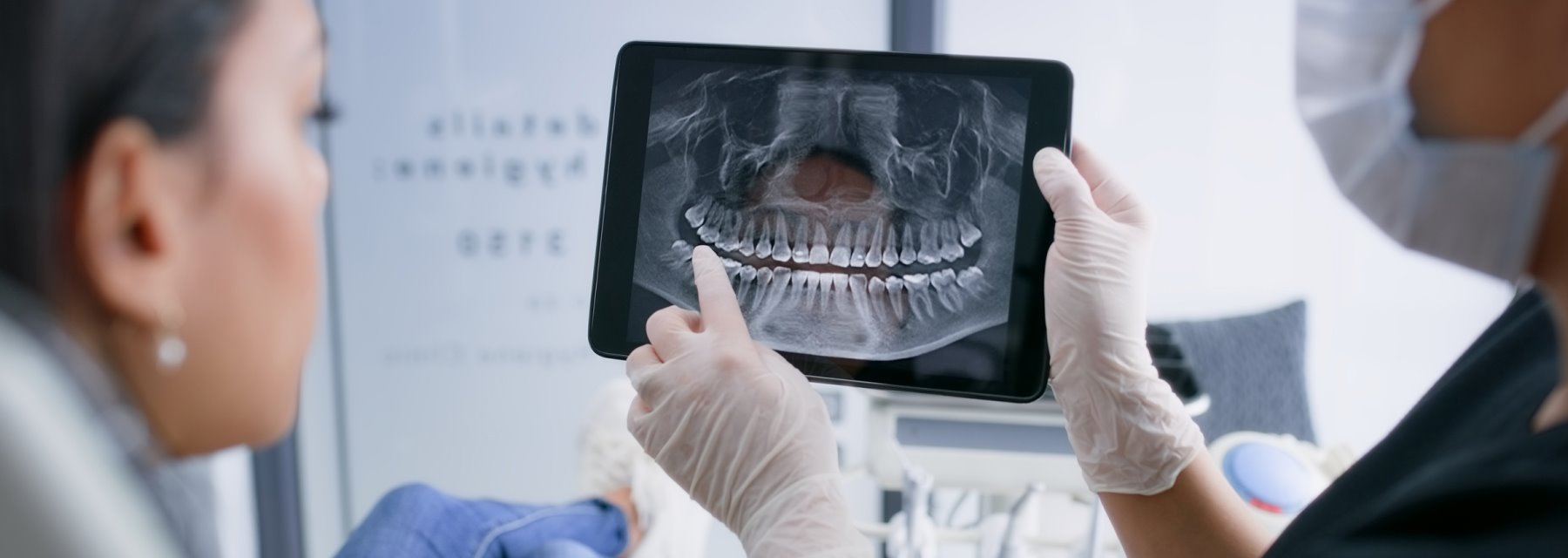
Technology
Digital Photography
We are proud to utilize the latest technology available to ensure our patients enjoy the best results. We use high-resolution digital photography to capture detailed images of your mouth, thus enabling us to maintain sharp, accurate records and keep you thoroughly informed of your treatment progress.
Digital Impressions
Our office uses state-of-the-art technology available to help create the smile you want, which is why we use a digital impression system. Our digital impression system replaces the uncomfortable, unpleasant-tasting, messy and sometimes inaccurate traditional putty impressions. No bulky trays or sticky putty needed!
Using a digital scanner, we will take three-dimensional (3-D) digital images, or impressions, of your teeth and bite. These impressions are then used at a lab where they will custom-fabricate a model of your teeth.
Paperless Charting
We use all-electronic, paperless patient and treatment charting. This system boasts many advantages over traditional paper-based charting. For one, appointments are faster with shorter wait times. Additionally, patient information is more secure and private. Transferring and sharing important patient information with other medical and dental offices is also quicker and more efficient. Plus, all-digital paperless charting is friendlier to the environment and minimizes paper waste!
CBCT Machine
We are pleased to utilize cone beam computed tomography (CBCT). This technology provides detailed, three-dimensional images of roots, canals and bone structure beneath the surface of the teeth and gums.
Using this fast, precise CT scanner, the patient is exposed to minimal radiation, and we no longer have to rely on two-dimensional X-rays for diagnosis and treatment planning. The scanner produces a high resolution image after 14 seconds, much less time compared to two-dimensional X-rays.
This advanced technology also allows us to use 3-D mapping tools to create detailed treatment plans for even the most complex cases. We use CBCT to help plan dental implant procedures. With the 3-D images, we can examine the jawbone before surgery, making sure it is sufficient and healthy enough to hold an implant. We can also determine exactly where the implant needs to be embedded, and the 3-D images can help decide which implant system is best for the patient. CBCT can also be used to plan root canals and identify TMJ problems.
